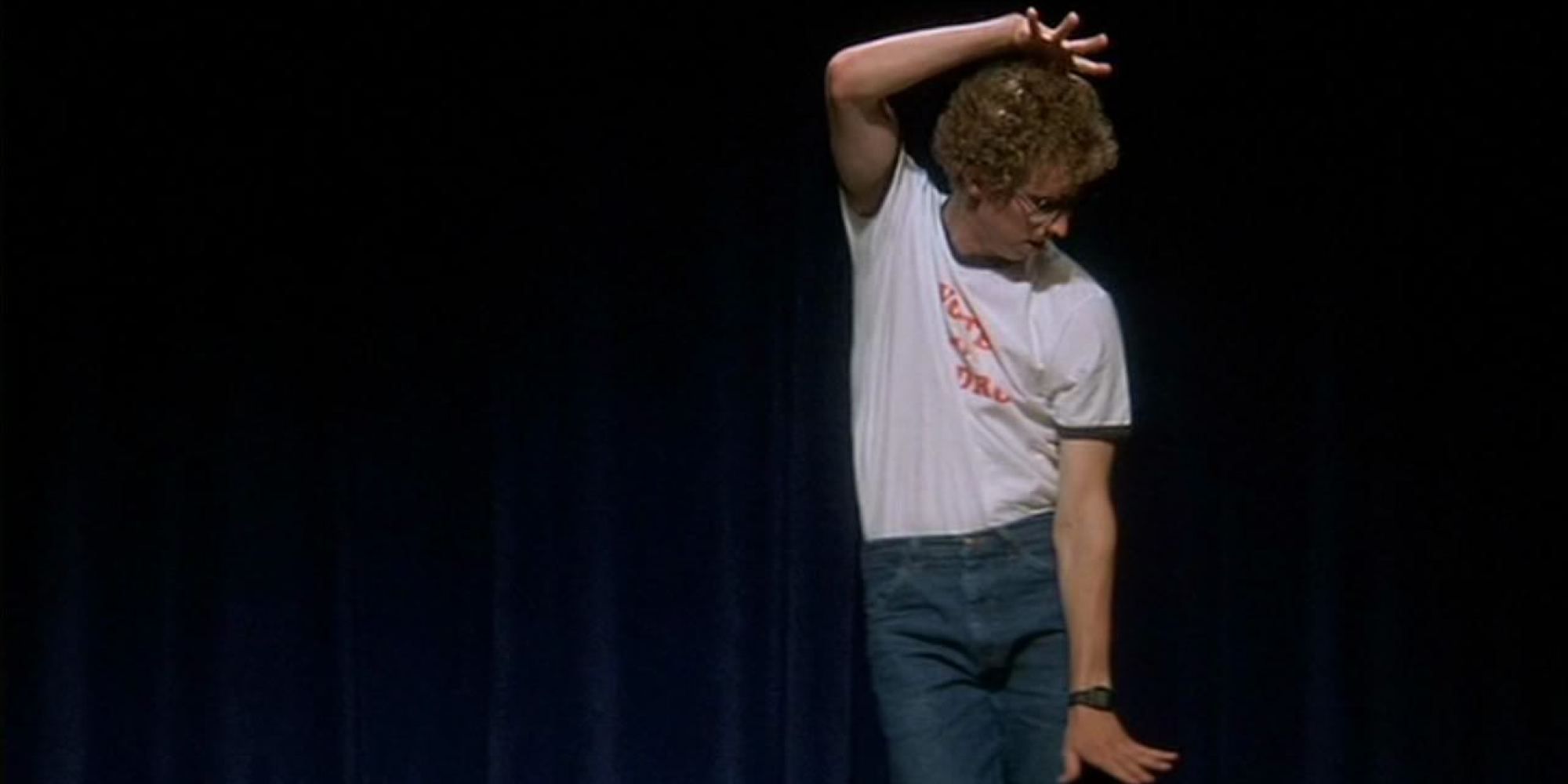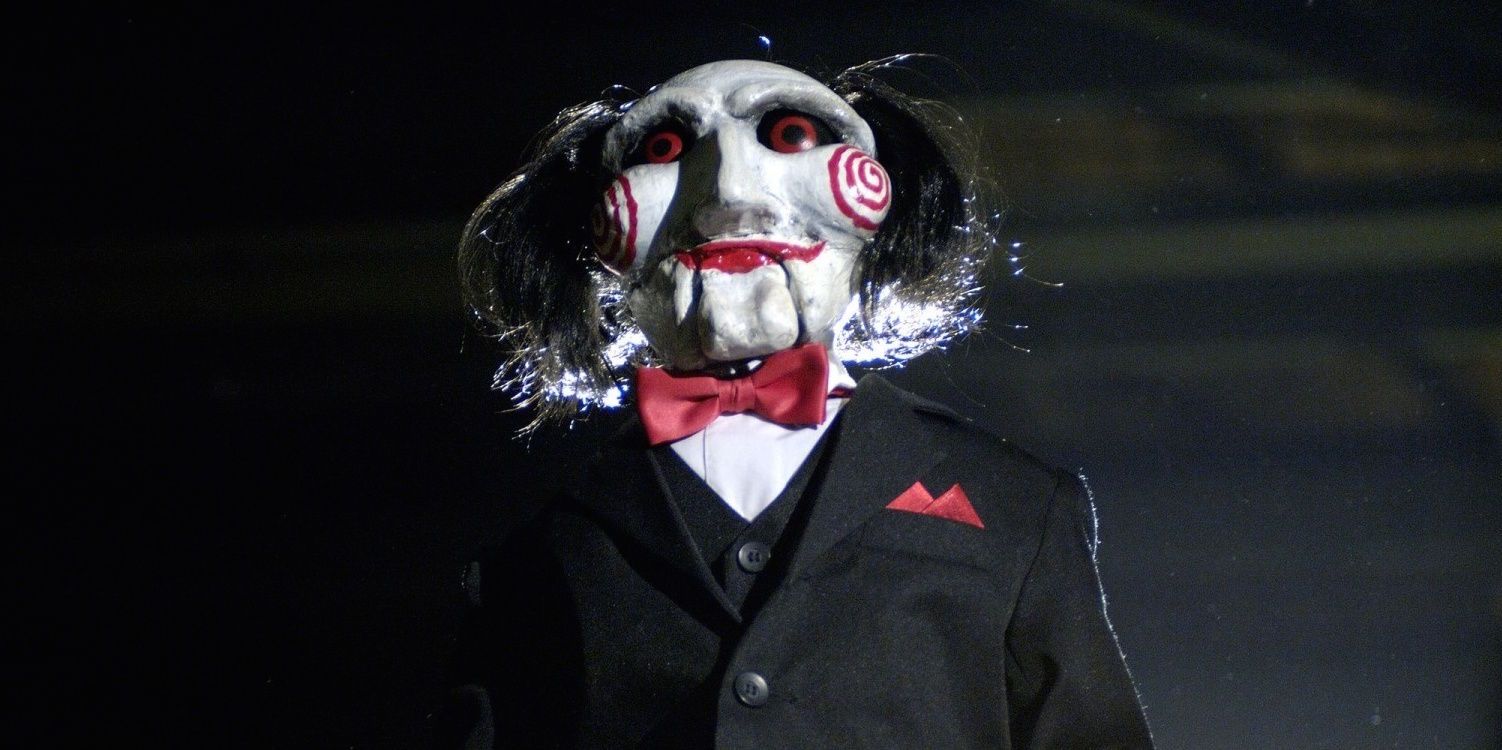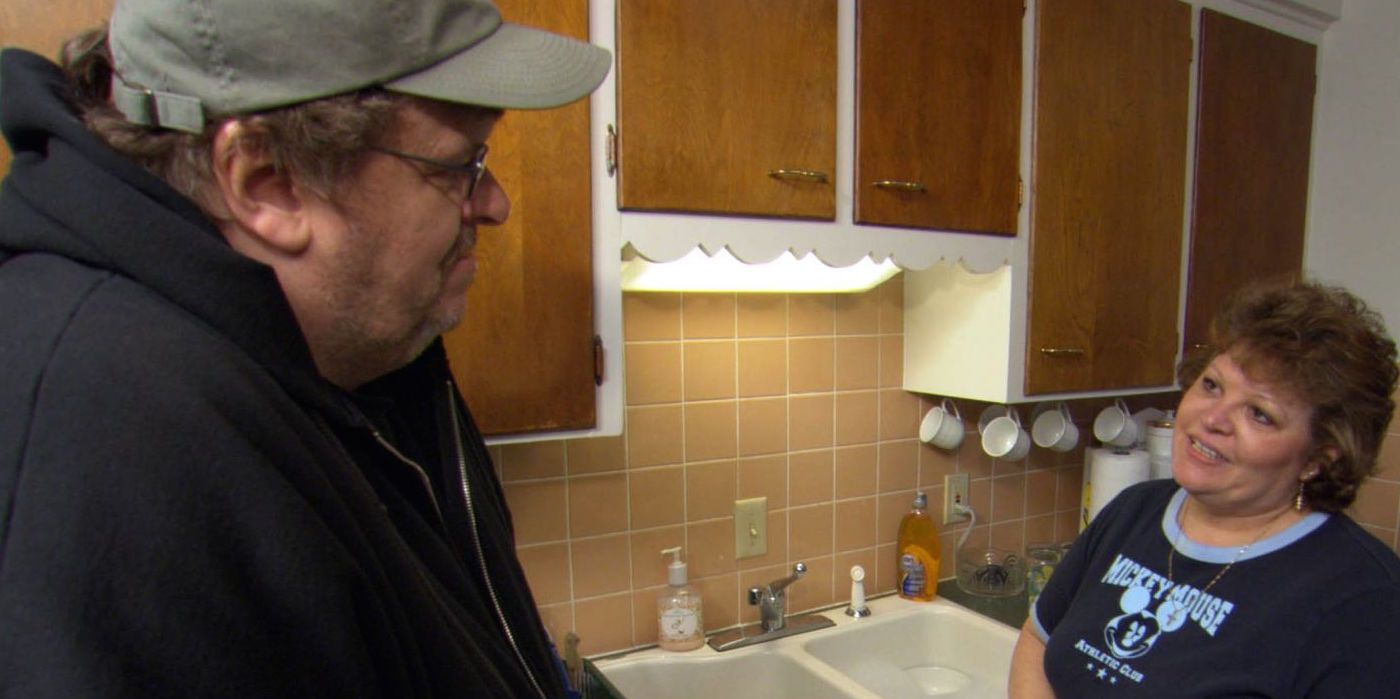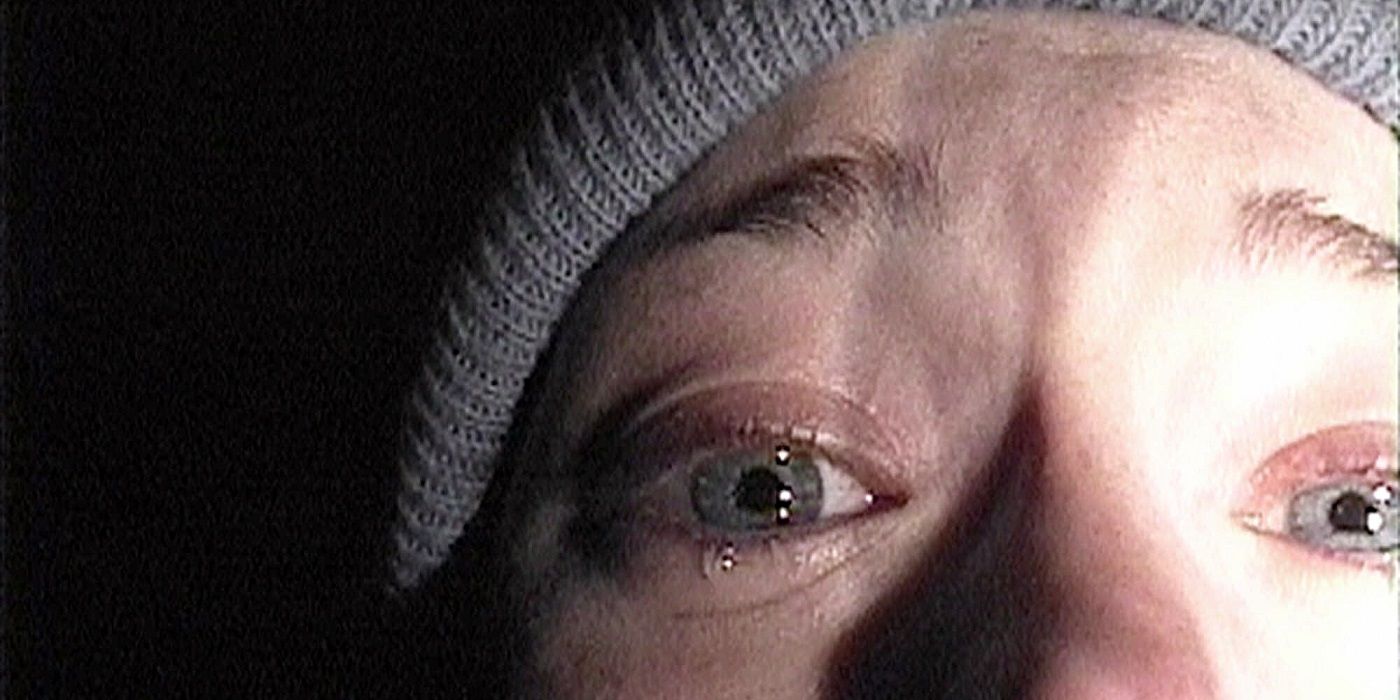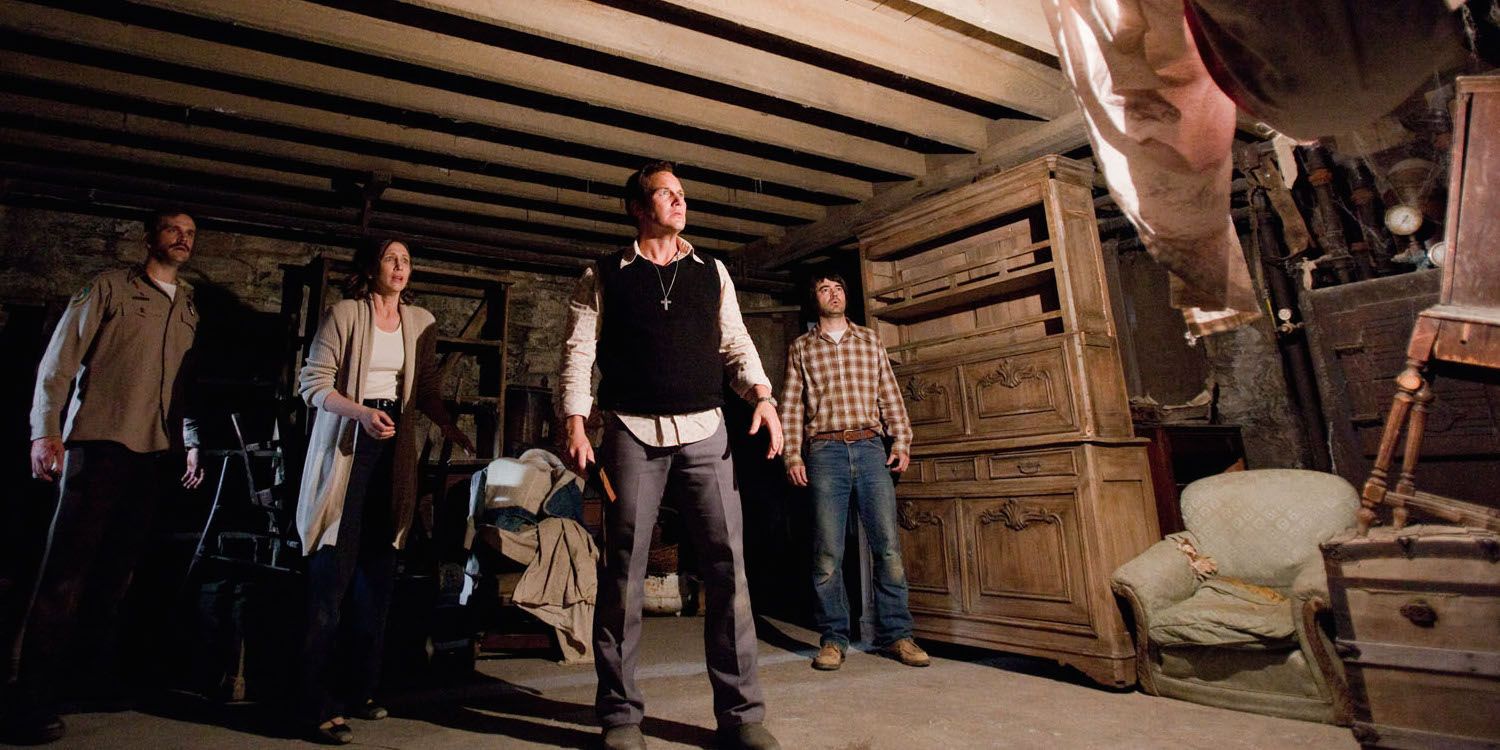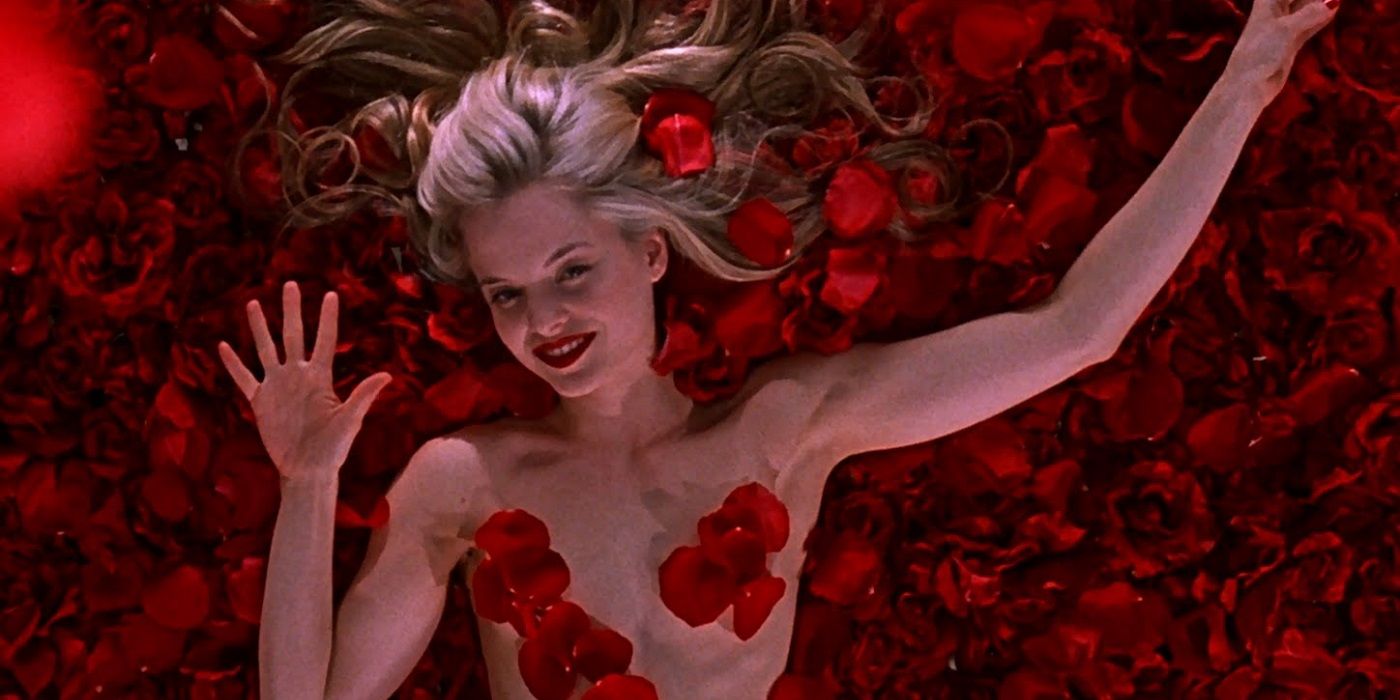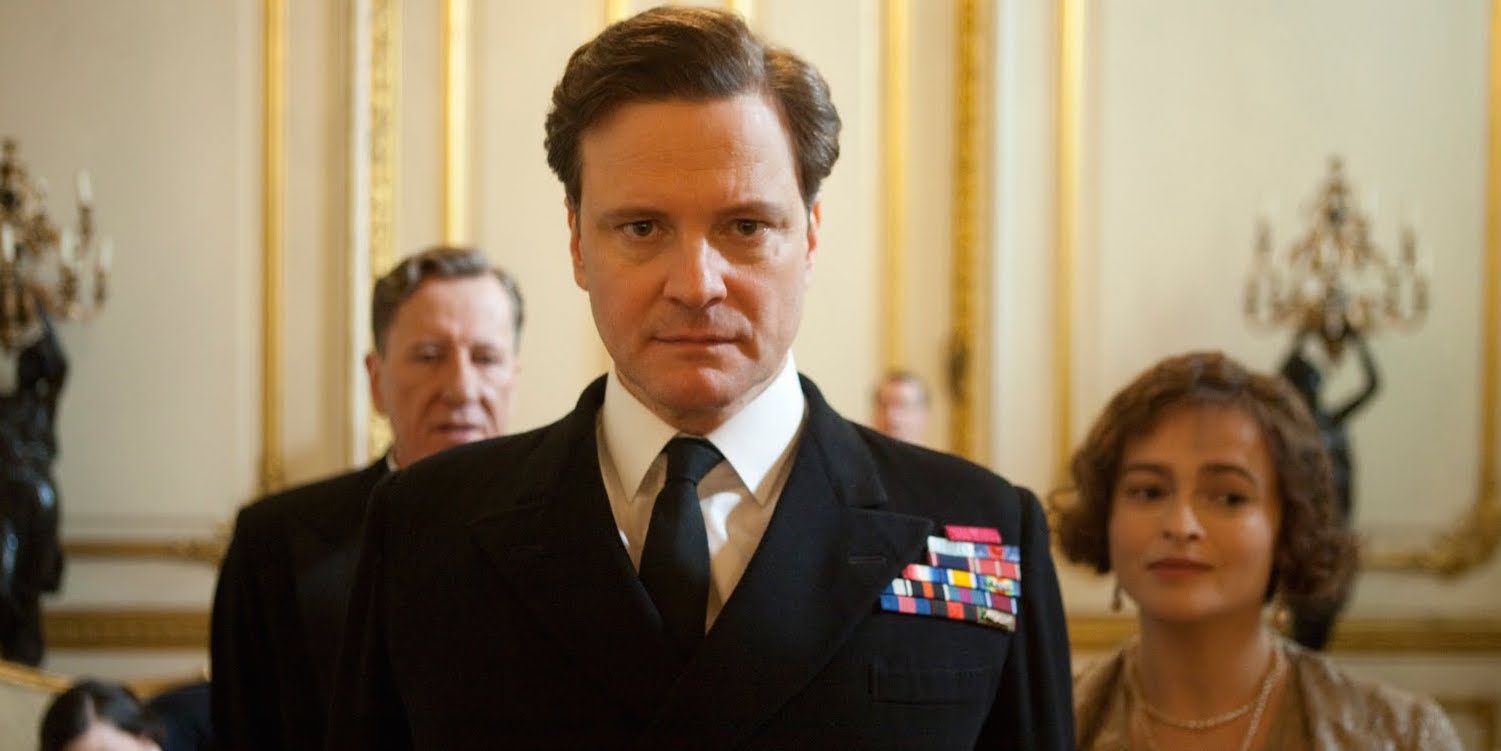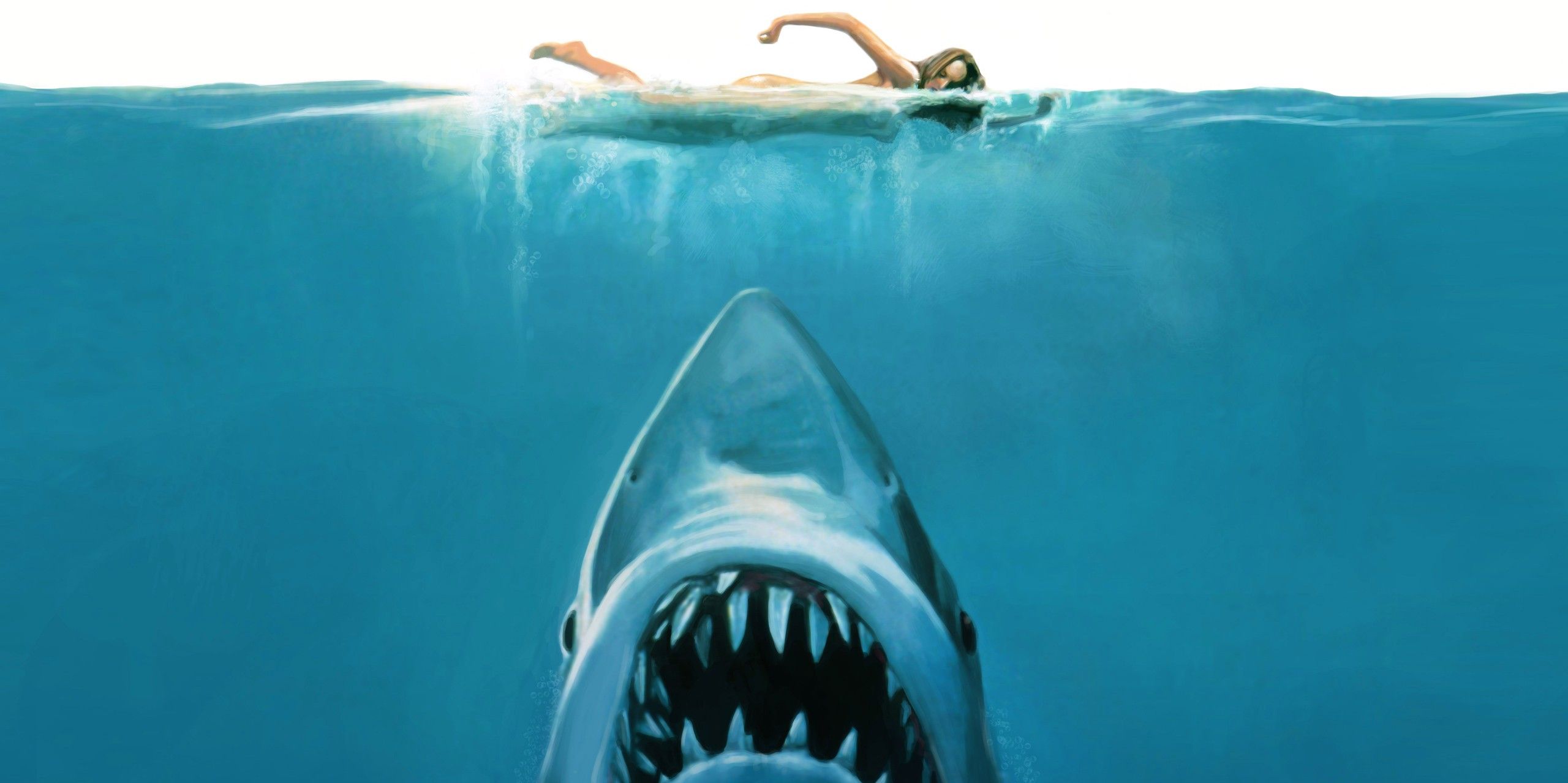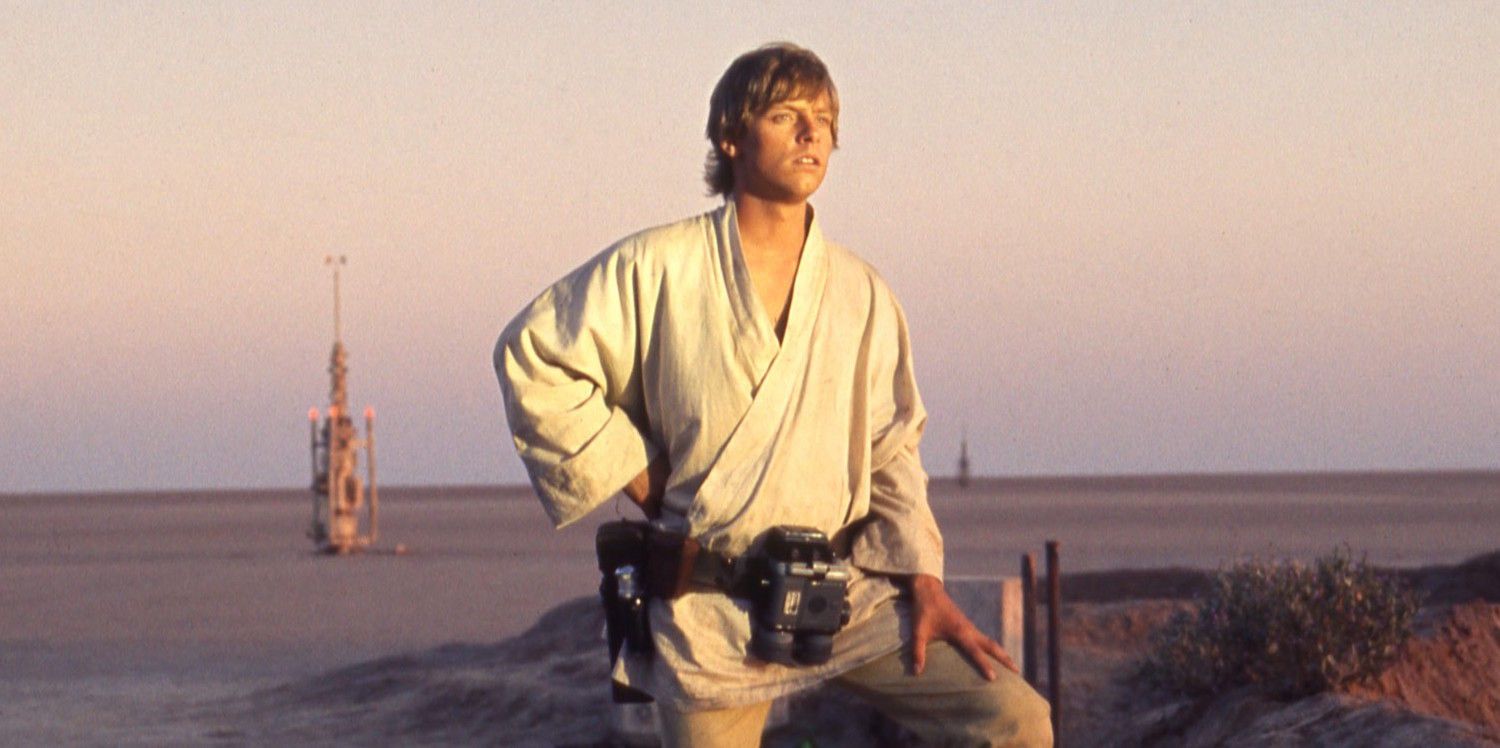Nowadays, when moviegoers think of box office hits, the next Marvel or Fast and Furious film usually comes to mind. Other genres certainly get noticed in theaters, but they don’t seem to get as much traction as superhero movies. But now and again, a low-budget film, seemingly arriving out of nowhere, will suddenly gets everyone’s attention. Through word of mouth and aggressive campaigning, some independent movies suddenly find themselves the talk of the town. And since some studios take risks with smaller films, seeing them become box office hits will encourage more production.
Studios did not anticipate these 15 films making the money that they did. In fact, some of them were expected to flop or barely make even. But because of their unique story, they managed to attract fans and have gained some kind of status, whether it be a Best Picture winner or as a pop cultural icon.
Here are 15 Box Office Hits That Came Out of Nowhere.
-
These films are ranked by their worldwide gross from lowest to highest. Box office numbers were gathered at Box Office Mojo.
15. Napoleon Dynamite ($46 million)
Napoleon Dynamite was one of those sleeper hits that you probably heard about through the grapevine. There wasn’t much marketing for it and it was in barely any theaters at first. But the clever writing made Napoleon Dynamite of the most quotable films in the early 2000s. Its simplistic plot follows Napoleon Dynamite (Jon Heder), a socially awkward character who wants to help his new friend Pedro (Efren Ramirez) win the class presidency at their high school.
With only a $400,000 budget, director Jared Hess created an interesting perspective through this teenager’s point of view. You witness his strange relationship with his family and even a small spark of romance with Deb (Tina Majorino). But it was the little quips that made people remember this film. Pedro’s presidential slogan, simply “Vote for Pedro,” made its way onto t-shirts, notebooks, and other types of merchandise. Along with that line, ligers and tater-tots quickly made their way into everyday conversation.
Despite the very limited release and negative reviews, Napoleon Dynamite was a commercial success. It earned over $40 million dollars less than a year after its release. To this day, the film still holds a cult following and even had a themed festival in Idaho for a few years.
14. Saw ($103 million)
When James Wan and Leigh Whannell introduced the concept of Saw, they had no idea they would be creating a new branch of the horror genre called “torture porn.” While the first Saw isn’t as bloody as its sequels, the unique concept caught the attention of many. The film revolves around a serial killer, nicknamed Jigsaw, who traps people and puts them in awkward, and often deathly, scenarios. To get out, they must perform horrifying tasks, like digging for a key in a corpse.
Hearing that description alone makes people think it’s just a straight to DVD gore-fest, but it’s quite the opposite. With only $1 million as their budget, Wan and Whannell let their imaginations run wild with the world that they created.
By the end of its short run in theaters, Saw had generated over $100 million at the box office. Because of that sudden success, a franchise was born, leading to seven sequels, each more gory than the previous.
13. Paranormal Activity ($193 million)
The franchise may be a little bruised as of late but Paranormal Activity was a big deal when it emerged in 2007. Following the trend of The Blair Witch Project, writer Oren Peli made a found footage film with mere pennies (or $11,000 to be exact). The ghost story revolves around Kristen and Micah, a young couple who believe they are being haunted by a supernatural presence in their home. They decide to use a video camera to document what might be haunting them.
With $15,000, Peli managed to create an uncomfortable experience in Paranormal Activity. The lack of a soundtrack and the first person view kept the suspense at an all time high. He completed the film over seven days in his own house with the actors only getting $500 in salary. His huge success earned the studios $193 million worldwide and five sequels. So far, the franchise has earned over $800 million worldwide and doesn’t seem to be stopping (even though the studios keep saying that they are).
12. Fahrenheit 9/11 ($222 million)
Fahrenheit 9/11 is a prime example of the phrase “knowledge is power.” The Palme D’Or winning documentary tells the story of America post-9/11. Michael Moore provides deep and provoking insights on paranoia, fear, and the American military-industrial complex. Moore’s film suggests that the American media were “cheerleaders” and did not provide an objective analysis of the 2003 invasion of Iraq. The film stirred intense controversy, especially as it arrived in theaters only months before the 2004 presidential election. Some called it propaganda while others called it the truth that the people needed to see.
With only a $6 million budget, Moore’s film opened at the domestic box office with $23 million. With that success, it would remain in the top 10 for seven weeks and earn almost $120 million dollars by the end of its run. The international audiences were so curious about the film that it earned over $100 million overseas. Documentaries tend not to get that much coverage and certainly not that much money. But the controversy made Fahrenheit 9/11 the most profitable documentary ever made.
11. Juno ($231 million)
Usually, a coming-of-age story doesn’t get that much traction, but Juno melted the hearts of millions. Ellen Page plays the titular character, who finds out she’s pregnant from her boyfriend, Bleeker (Michael Cera). After deciding to give her baby to a loving couple, she gets hit with adult situations that she has to overcome. Writer Diablo Cody took a typical teen pregnancy plot and turned it into an indie darling. The soundtrack was one of the many assets of the film, featuring songs by Kimya Dawson and Belle and Sebastian. But what really stood out were the unique characters. Cera and Page were so relatable because they just acted like real teenagers—confused and immature.
Juno was the first film released by Fox Spotlight Pictures to pass the $100 million dollar mark. By its third week, it was in the top 10 earning $2 million dollars and going up from there. By the end of its run, it had generated over $143 million domestically. And even overseas it was able to stand its ground with $87 million. The film was so popular that it even generated Oscar buzz. It ended up with four nominations (including Best Picture) and even won for best original screenplay.
10. The Blair Witch Project ($248 million)
With the help of a stellar marketing team, The Blair Witch Project was terrifying both on and off the screen. The found footage film followed three film students as they hunt down the mythical Blair Witch that supposedly lives in the woods of New Jersey. The marketing campaign produced missing posters and a website dedicated to finding these students. That lead to viewers believing that what they were watching was indeed real.
With only a $60,000 budget, directors Daniel Myrick and Eduardo Sanchez introduced the world to the found footage genre. Using a camcorder as their point of view, they used the fear of the unknown to engage the audience and make them suffer. This new type of movie earned over $140 million and managed to stay in the top ten for six weeks in a row. The international audiences also seemed to eat up this newly discovered genre and gave the film $108 million overseas. The Blair Witch Project became hugely influential to horror movies and opened the floodgates for more found footage films.
9. Borat: Cultural Learnings of America for Make Benefit Glorious Nation of Kazakhstan ($261 million)
Sacha Baron Cohen got his start as on the British TV series Da Ali G Show. Playing three nontraditional journalists, he asks strange questions to unsuspecting people (usually celebrities or high-ranking officials). One of his alter egos was Borat, a reporter from Kazakhstan. In character, he would naively ask questions that were hugely misogynistic or anti-semitic. When they announced that a film will be made, people were nervous about the turnout. Could a 10-minute shtick survive in a 90 minute film? Turns out that it definitely can.
Cohen’s film takes the form of mockumentary, with Borat traveling to America to learn about their culture. Along the way, he asks ridiculous questions to random people. Sometimes, the interviewees respond gleefully, and other times not so much. America welcomed the film with open arms, selling out multiple screenings on opening night. The $18 million budget turned into $261 million worldwide gross.
Unfortunately, Cohen’s other movies, such as Bruno and the recent The Brothers Grimsby, haven't done nearly as well.
Summertime is usually the place for big blockbusters and action films, but Bridesmaids proved that female-driven films can also kick ass during that time. Frequently referred to as the “female version of The Hangover,” Bridesmaids is a raunchy, R-rated comedy that female viewers couldn’t get enough of. We got to see a film where women deal with tough situations and also pull off fart jokes at the same time. This is where Melissa McCarthy showcased her true comedic abilities, which were so good she even got an Oscar nomination for Best Supporting Actress.
Bridesmaids quickly became Judd Apatow’s biggest production ever, earning $26 million in its first weekend, surpassing Thor and Fast Five. Their $32.5 million budget went on to earn $169 million domestically and $119 million internationally, which is a great turnout for a seemingly run-of-the-mill comedy. The film is thought of as a major breakthrough for female comedies and has sparked many discussions on the future of the genre.
7. The Conjuring ($318 million)
After the success of Saw, James Wan became one of the biggest names of the horror genre. After directing the successful Insidious, he dived into another ghost story, this time dealing with exorcists. Based on the true story of Lorraine and Ed Warren, The Conjuring focuses on the husband and wife duo as they try to rid a family’s house of a vengeful spirit. The haunted house plotline isn’t exactly a new concept, but Wan took it one step further. Without the use of gore, he managed to create a chilling atmosphere that genuinely terrified the audience.
The fact that this was released in July, the middle of blockbuster season, says a lot about New Line Cinema’s confidence in this film. On its first week alone, it generated $61 million, which was three times its budget ($20 million) and it continued to dominate for the next five weeks ending up with $137 million. With that kind of money being made, studios have now been investing more in low-budget horrors. But none of them have come even close to the surprise success of The Conjuring.
6. American Beauty ($356 million)
When Dreamworks released a little film called American Beauty, they didn’t expect it to turn a profit; they would have been thrilled if it broke even. It was written by a television writer and helmed by a first time director. Nothing about it seemed out of the ordinary. But their $15 million film turned out to be one of Dreamworks’ most profitable ever, behind Saving Private Ryan. When it was released in 1999, it was the best-reviewed film of the year and was praised for its direction, acting, and story.
The indie drama focuses on Lester Burnham (Kevin Spacey), a bored suburban husband who becomes infatuated with his daughter’s best friend. It was an interesting look at sexuality, repression, and vanity. Worldwide, the film generated $356 million, with 63.5% of the profit coming from overseas. The popularity kept coming when the film generated Oscar buzz and won Best Picture in 2000. It launched Sam Mendes’ career and is still universally acclaimed to this day.
5. My Big Fat Greek Wedding ($368 million)
Romantic comedies rarely get much traction in the theaters. They usually break even and don’t achieve much more than that. My Big Fat Greek Wedding is the extremely rare exception. Written by Nia Vardalos, the film revolves around Toula Portokalos (Vardalos), a single 30-year-old who is repeatedly pressured to marry a Greek boy by her nosy family. When she falls in love with Ian, an English teacher and WASP, she dreads introducing him to her enormous, eccentric, Greek family.
The film is the highest grossing romantic comedy of all time earning $368 million dollars worldwide. It’s also considered one of the most profitable films of all time with a 6150% profit return on a $6 million budget. For a romantic comedy to achieve those kinds of numbers is simply unheard of. A sequel was released last week, but it probably won't come close to the success of the original.
4. Slumdog Millionaire ($377 million)
Danny Boyle’s colorful film Slumdog Millionaire was virtually unheard of until it started gaining Oscar buzz. It depicts a boy’s (Dev Patel) life through the Indian version of the game show Who Wants to Be a Millionaire. When he’s accused of cheating, Jamal reflects on his upbringing in the Mumbai slums and what brought him to know every single question on the show.
While it never reached higher than third place at the box office, Slumdog Millionaire still managed to beat higher profile films like The Incredible Hulk, and The Curious Case of Benjamin Button. On its first weekend, the film earned over $360,000 in 10 theaters, a strong average of $36,000 a theater. However, following its massive success at the Academy Awards, it expanded to over 2,000 North American theaters and made over $140 million domestically on a $15 million budget. The foreign markets didn’t need any convincing to see the film and generated $236 million without much help from the Oscar buzz.
3. The King's Speech ($414 million)
Before the film was released, people jokingly predicted that The King’s Speech would win the Academy Award for Best Picture because of the period costumes and predictable storyline. Of course, they were right, but they couldn’t have foreseen the box office success it would become.
The plot is a traditional underdog story featuring King George VI (Colin Firth) and his speech therapist, Lionel Logue (Geoffrey Rush). George enlists his help to cope with his stuttering problem and the two become close friends in the process. That sounds like a run-of-the-mill biopic, but critics praised it for its art direction, historical accuracy, and acting. The $15 million budget turned into $414 million worldwide, mainly with help from the U.K. film fans. The fact that it outdid action films like Tron: Legacy shows that biopics aren’t always boring
2. Jaws ($470 million)
With just a $7 million budget, Steven Spielberg created one of the greatest adventure films of all time. John Williams’ iconic score kept the fear of the unknown afloat and made this mythical creature the product of everyone’s nightmares. Even though its records have long been surpassed, there’s no denying that Jaws changed history in the film industry. In just 400 theaters, it made $7 million on its first weekend and made its budget back in two weeks. And once it expanded, it surpassed The Godfather as the most profitable film in the North American box office with $260 million. The international box office followed closely with $210 million.
A part of Jaws’ success is owed to the timing of its release. Released in June, it attracted the bored children and the people who just want to get out of the hot sun. This showed studios that there was more money to be made during this time, thus creating the summer movie season. Because of the huge profit and the season, Jaws has been called the first blockbuster.
1. Star Wars ($775 million)
In this day and age, no one would believe that Star Wars could be a box office gamble, but it very much was when A New Hope was in production. Because George Lucas strongly believed that this film would be a flop, he skipped the premiere and went on vacation with Steven Spielberg (where, ironically, they came up with the idea for Indiana Jones). But to his surprise, it was quite the opposite. Star Wars not only opened to high praise from both critics and moviegoers, but set numerous box office records. It was the first film in history to gain over $300 million and held the record for most profitable film of all until E.T. appeared on the big screen in 1983.
This science fiction phenomenon was a huge hit at the box office, both domestically and international. Star Wars managed to earn $307 million domestically and even exceeded that overseas with $314 million. It’s considered the most successful franchise of all time and it certainly has the numbers to prove it.
-
Any other movies you can think of that came out of nowhere to be huge successes? Let us know in the comments!



